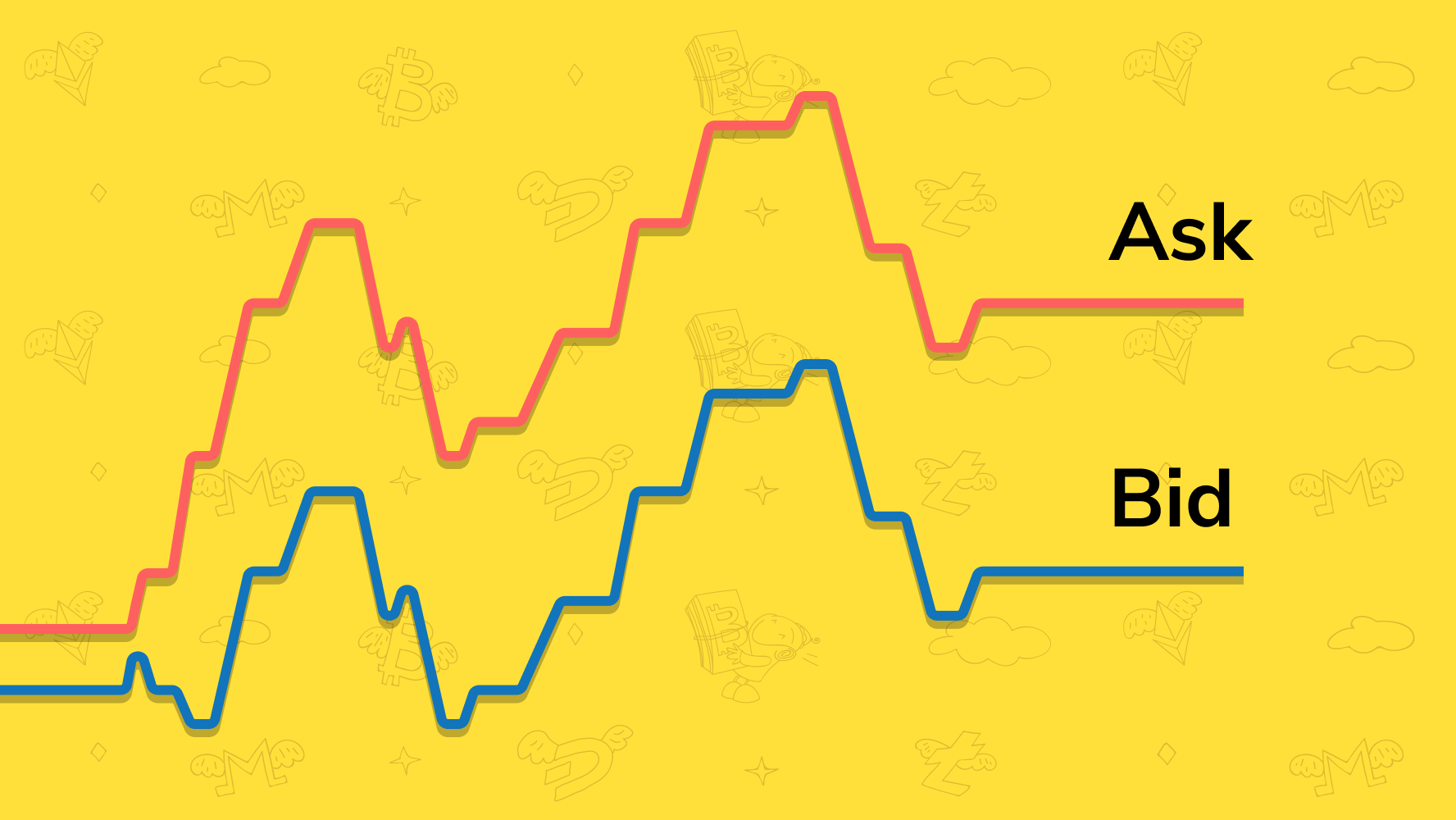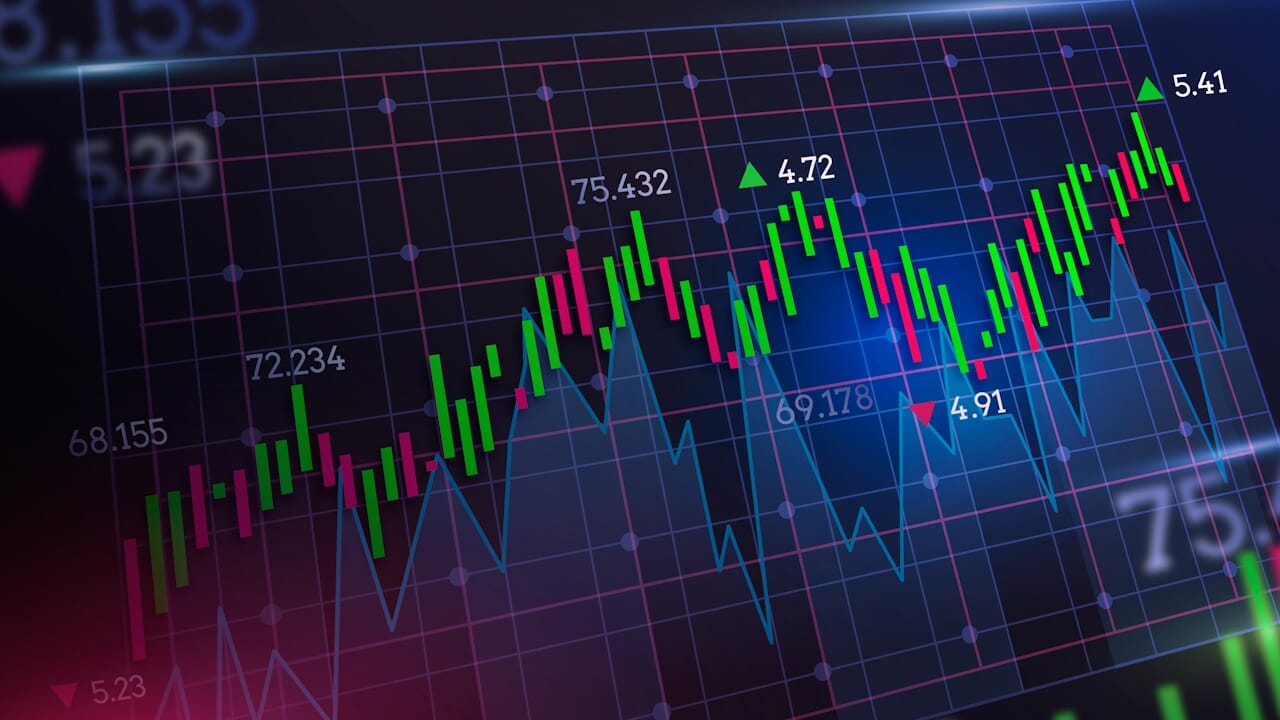Bid & Ask Price in Trading
In trading, the bid and ask prices are essential concepts that represent the market dynamics between buyers and sellers. Understanding these terms is crucial for any trader, as they directly impact how orders are executed and the overall trading costs.
1. What is the Bid Price?


The bid price is the highest price a buyer is willing to pay for an asset at a given time. In other words, it represents the demand side of the market.
The ask price is the lowest price a seller is willing to accept for an asset at a given time. It reflects the supply side of the market.
The spread is the difference between the bid and ask prices and represents the transaction cost of trading.

Relevance of Spread:
Understanding the bid and ask prices is fundamental to trading effectively. They determine entry and exit points, trading costs, and overall profitability. By keeping an eye on spreads, trading during optimal times, and using the right strategies, traders can minimize costs and maximize potential gains.
In trading, the bid and ask prices are essential concepts that represent the market dynamics between buyers and sellers. Understanding these terms is crucial for any trader, as they directly impact how orders are executed and the overall trading costs.
1. What is the Bid Price?


The bid price is the highest price a buyer is willing to pay for an asset at a given time. In other words, it represents the demand side of the market.
- Example: If a trader wants to buy EUR/USD, the bid price might be 1.2050, meaning buyers are offering to purchase the currency pair at this price.
- Relevance: The bid price is crucial when you're selling an asset, as it indicates how much you can receive from a buyer.
The ask price is the lowest price a seller is willing to accept for an asset at a given time. It reflects the supply side of the market.
- Example: If a trader wants to sell EUR/USD, the ask price might be 1.2055, meaning sellers are willing to sell the currency pair at this price.
- Relevance: The ask price is what you will pay when you are buying an asset.
The spread is the difference between the bid and ask prices and represents the transaction cost of trading.
- Formula:
Spread = Ask Price - Bid Price - Example:
- Bid Price: 1.2050
- Ask Price: 1.2055
- Spread: 0.0005 (or 5 pips in Forex trading)


Relevance of Spread:
- Tighter Spreads: Lower trading costs, usually found in highly liquid markets like major currency pairs (EUR/USD, GBP/USD).
- Wider Spreads: Higher trading costs, often seen in volatile or less liquid markets.
- Buying (Long Position):
- You buy at the ask price and sell later at the bid price.
- Example:
- Ask price: 1.2055 (you buy here).
- If the bid price rises to 1.2060, you can sell for a profit.
- Selling (Short Position):
- You sell at the bid price and close the trade by buying at the ask price.
- Example:
- Bid price: 1.2050 (you sell here).
- If the ask price drops to 1.2045, you can buy back for a profit.
- Liquidity:
Highly liquid markets tend to have tighter spreads, while illiquid ones have wider spreads. - Market Volatility:
Increased volatility often widens the spread due to uncertainty in price movements. - Trading Sessions:
Spreads are usually tighter during active trading sessions (e.g., London and New York sessions in Forex). - Broker Policies:
Some brokers may offer fixed spreads, while others have variable spreads that fluctuate with market conditions.
- Forex Trading:
Bid and ask prices are constantly updated due to the high liquidity of the market. The spread can vary depending on the currency pair and trading session. - Stock Trading:
The bid-ask spread depends on the stock's liquidity, with more traded stocks having tighter spreads. - Commodities/Indices:
The spread varies with market demand, news events, and trading hours.
- Check the Spread:
Before entering a trade, ensure the spread is reasonable to avoid unnecessary costs. - Choose the Right Broker:
Opt for brokers offering competitive spreads and transparent pricing. - Avoid Trading During Low Liquidity Periods:
Spreads tend to widen during off-hours or low liquidity periods. - Understand Market Dynamics:
Recognize how news events or economic releases can impact spreads and execution prices. - Utilize Limit Orders:
Use limit orders to control the price at which you buy or sell, especially in volatile markets.
Understanding the bid and ask prices is fundamental to trading effectively. They determine entry and exit points, trading costs, and overall profitability. By keeping an eye on spreads, trading during optimal times, and using the right strategies, traders can minimize costs and maximize potential gains.




تبصرہ
Расширенный режим Обычный режим